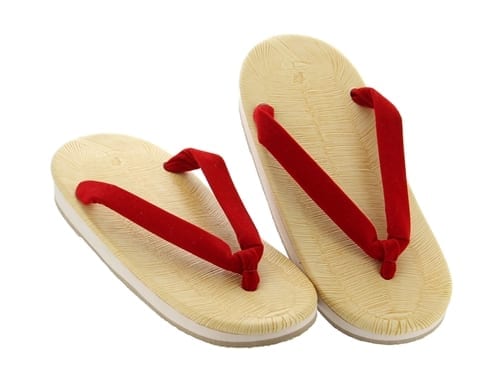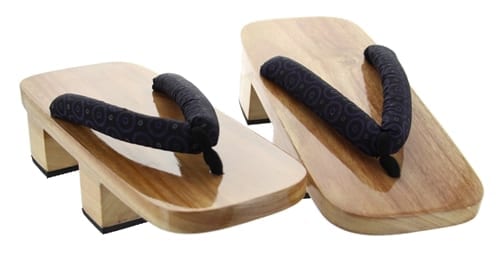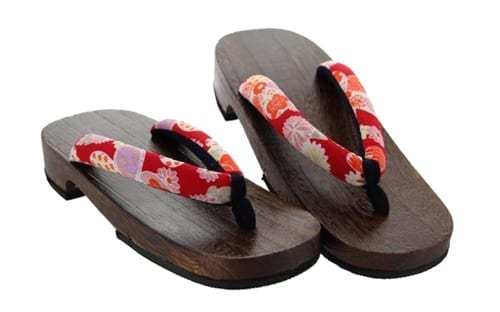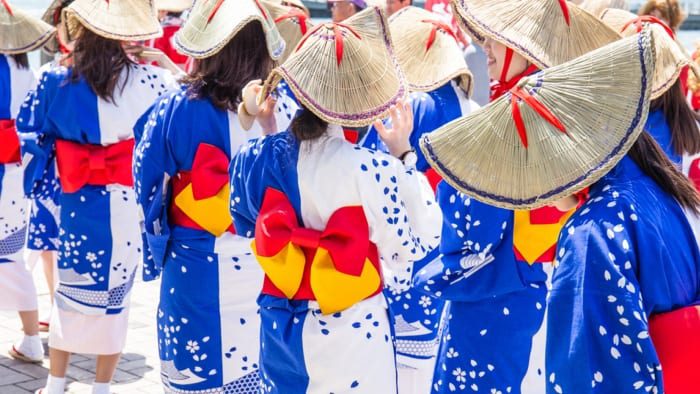The Japanese are renowned for their intricate rituals and deeply embedded traditions that continue to influence their modern way of life. Among these distinctive traits that make the Japanese unique is their way of walking. While subtle in everyday situations, this characteristic is easily recognizable and closely tied to Japan’s history and culture.
All-Purpose Shoes
The Japanese have a distinctive walking style – not the typical heel-to-toe motion seen with bare feet or sneakers, but instead, a shuffling movement that glides along the ground. Coupled with their long, flowing kimonos, this gait creates an impression of floating above the ground. But why do the Japanese adopt such an unorthodox way of walking? The answer lies in their shoes.
Geta are traditional Japanese wooden sandals raised on two tall prongs known as “teeth.” They feature soft cloth straps passing from the shoe’s side through the gap between the first and second toes, much like flip-flops. Typically carved from a single large block of paulownia or other softwood, the teeth may be reinforced with hardwood or metal to prevent damage. Because of their raised design, geta keep kimono hemlines protected from rain, snow, and dust on the streets. Combined with insulating tabi socks, they can be worn in any weather. Unlike Western shoes, which are flexible, geta’s rigid material prevents the usual rolling gait, leading to the distinctive shuffle-like walking motion.
Geta are commonly worn with tabi socks, which have a split-toe design to keep the feet clean and prevent them from soiling the cloth thongs of the shoes. For added protection during inclement weather, women may also wear tsumakawa, strips of cloth wrapped around their feet.
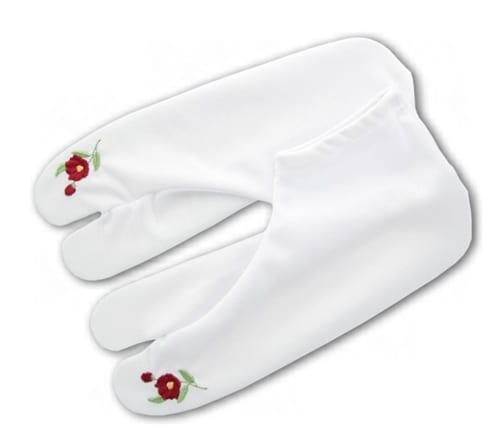
Varieties of Geta
The standard geta sandal typically has two short teeth, each measuring one to two inches in height. However, there are variations with taller teeth, which were popular among individuals like butchers and seafood merchants who worked on docks, keeping them above ground debris and refuse.
Three-toothed geta were favored by oiran, high-class Japanese courtesans, as a way to distinguish themselves from geisha who only provided platonic entertainment and common prostitutes.
Geta with a single tooth, known as “tengu” geta after the Japanese mythological monster, are worn primarily for showmanship and dexterity demonstrations. Acrobats wear them for certain acts, and they are seen during parades and festive displays, but they are not used for everyday wear.
Okobo, or geta carved as a solid block without teeth, are heavier than standard geta. They were unique to geisha, especially young maiko (apprentices to geisha), and became a symbol of the profession even after the heyday of geisha entertainers.
Even to this day, many people cherish these traditional shoes for their elegance and formality. Geta keep feet clean and comfortable in various weather conditions while adding a touch of classy, traditionally Eastern flair to any outfit. We have a collection of geta for you to explore!


